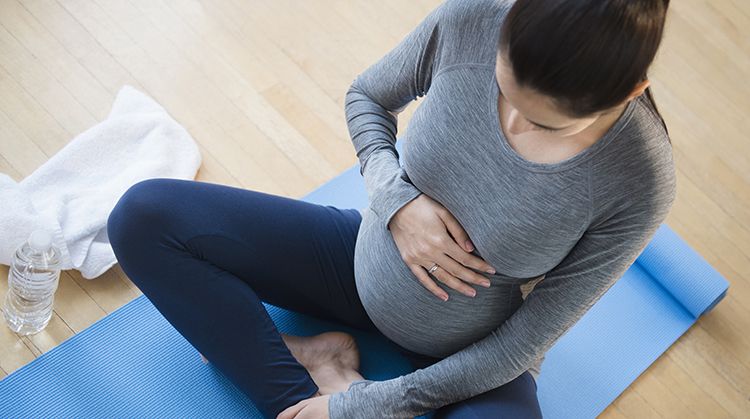5 Methods to READY YOUR Body for Pregnancy
Can be your body prepared to carry a baby? It is possible to make sure it is by addressing any pain, posture, or muscle weakness before conceiving a child. Here are some ideas to help ready your body and protect from pain along with other problems during pregnancy and afterwards.
1. Strengthen your pelvic muscles.
Doing pelvic floor contractions (commonly known as Kegels) help strengthen your pelvic muscles. Strength of this type helps prevent leakage whenever a woman sneezes or coughs. In addition, it might help reduce pelvic pain during pregnancy. A lot of women do Kegels incorrectly. This can be as the muscles are too tight and have to be relaxed before strengthening. The Kegel exercise involves gently squeezing the sphincter muscles (that control urine), not the buttocks and thighs. Doing Kegels incorrectly can worsen conditions such as for example:
You should consult with a women’s health physical therapist before you begin a fitness program. Physical therapists who focus on women’s health can educate you on how exactly to do these exercises safely and correctly.
2. Plan “baby belly” by concentrating on your core.
Core exercises might help prevent diastasis recti —abdominal muscle separation. As your belly grows, the muscles that run vertically along either side of the belly button could be forced apart. If these ab muscles separate from one another too much, it could bring about:
- Low back pain.
- Pelvic pain.
- Other injuries as the body tries to compensate because of its weaker core.
- A post delivery “pooch” that lots of women find undesirable.
Some exercises, such as for example sit ups, raise the odds of developing problems after and during pregnancy, such as for example:
- Diastasis recti.
- Incontinence.
- Back pain.
It’s important, therefore, to utilize your physical therapist on the proper exercise strategy to create a strong core.
3. Take a deep breath!
A physical therapist might help you learn proper breathing and relaxation techniques. This can help prepare your mind and body for a wholesome pregnancy. You should figure out how to properly exhale before doing any exercise. With proper technique, your core and pelvic floor muscles will contract automatically. This can provide you with the most stability and injury protection.
4. Commence a regular fitness routine.
The Journal of the American Medical Association reports that around 45% of women that are pregnant begin pregnancy overweight or obese. Regular exercise aids in weight reduction. In addition, it can benefit your physical, mental, and social health, and stop or improve many chronic conditions, such as for example:
- Cardiovascular disease.
- Diabetes.
- Obesity.
- Depression.
- Some cancers.
Mild to moderate exercise, such as for example brisk walking, also decreases your risk for bladder control problems.
Exercise really helps to reduce the quantity of cortisol (stress hormone) within you. In addition, it boosts muscle and heart (cardiovascular) strength. That is strength you will have to carry that extra baby weight. As soon as you get pregnant, consider doing low-impact activities, such as for example:
- Swimming.
- Walking on even surfaces.
- Biking.
- Utilizing an elliptical machine.
Runners must be aware that loosening of these ligaments could make them more susceptible to knee and ankle injuries. During pregnancy, the muscles and ligaments that support pelvic organs weaken. The repetitive forces of running could cause these organs to descend. That is referred to as pelvic organ prolapse. Physical therapists strongly suggest that women wear pelvic floor supports or compression shorts while pregnant and for some time after delivery. These garments can help prevent pelvic organ prolapse.
Women must do at the very least 150 minutes (2 hours and half an hour) of moderate-intensity aerobic activity weekly during pregnancy and postpartum (after delivery). Preferably, aerobic activity ought to be spread through the entire week.
5. Practice good posture.
Poor posture might have a major influence on every part of one’s body. This is also true regarding pain during pregnancy. A physical therapist can evaluate your posture and suggest muscle-strengthening exercises and show you lifestyle changes to boost your posture. For example not sitting at a desk for long stretches and the best way to carrying groceries. Laying the groundwork for good posture habits — pre-baby — will ready your body for the excess weight of pregnancy. In addition, it will lessen your likelihood of low back and pelvic pain.
Physical therapists are movement experts who improve standard of living through hands-on care, patient education, and prescribed movement. It is possible to contact a physical therapist directly for an assessment. To discover a physical therapist locally, visit Look for a PT.
